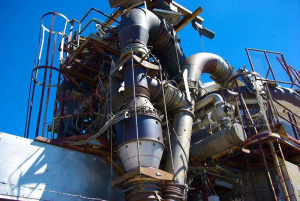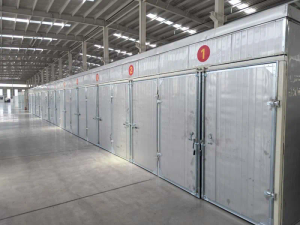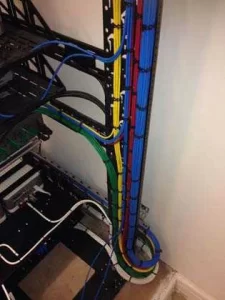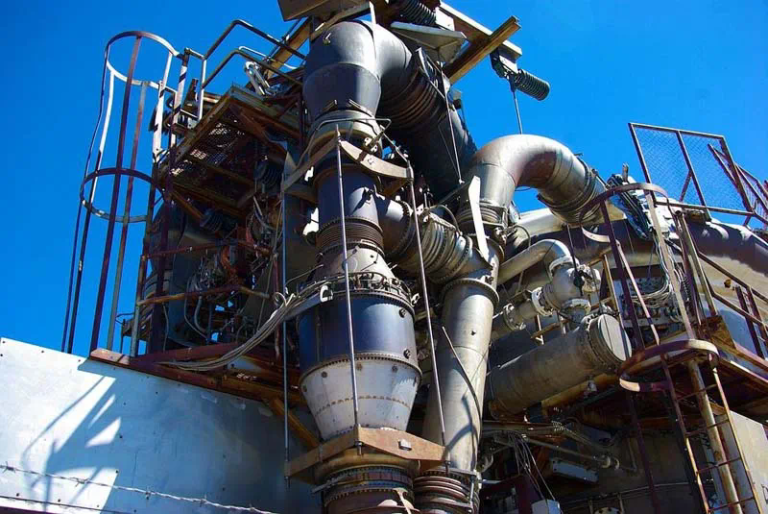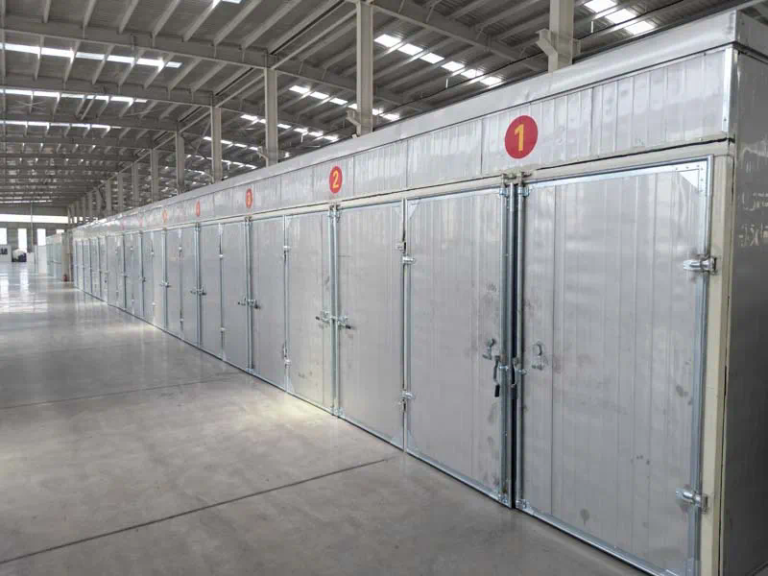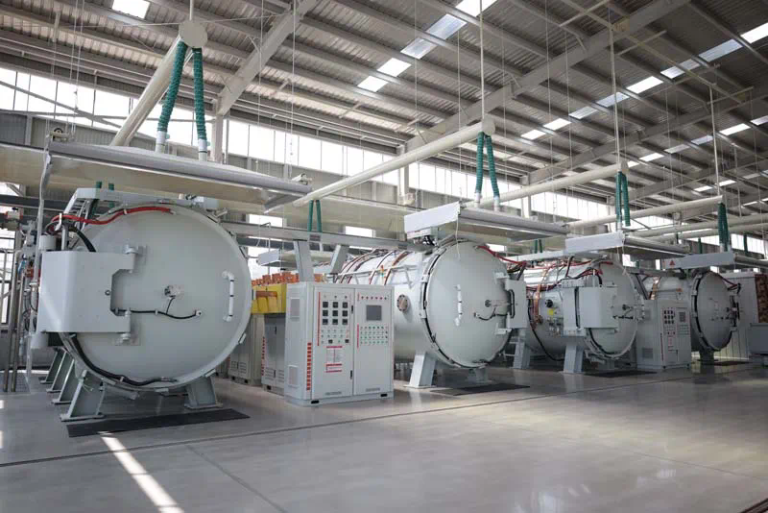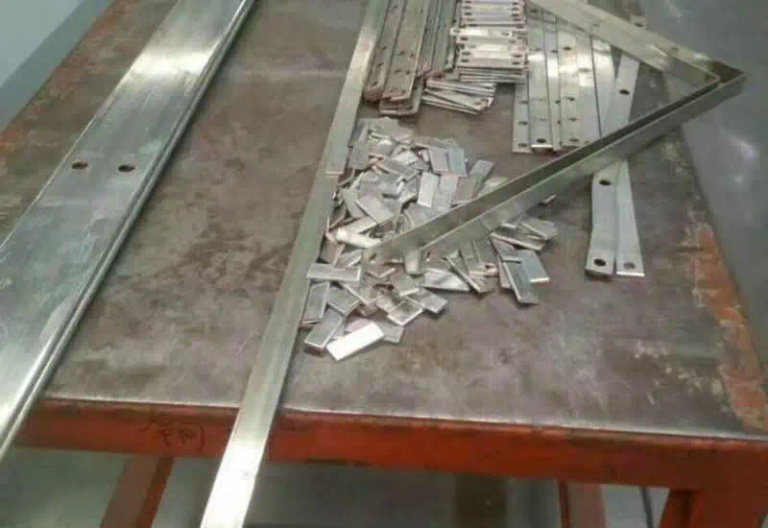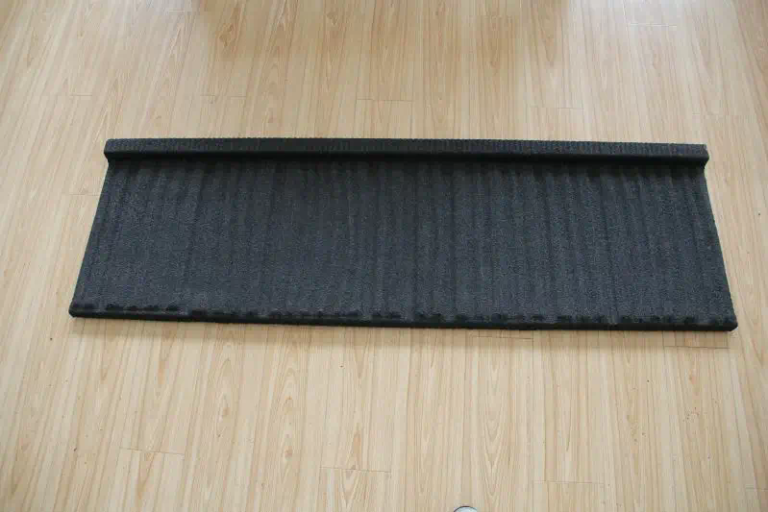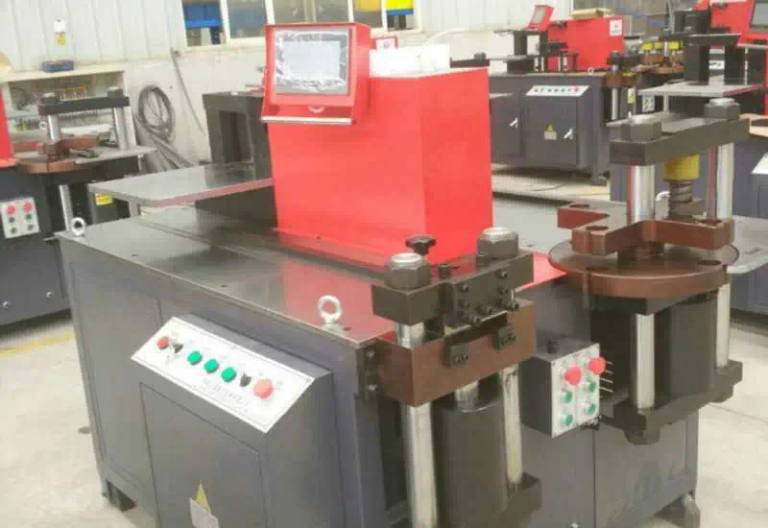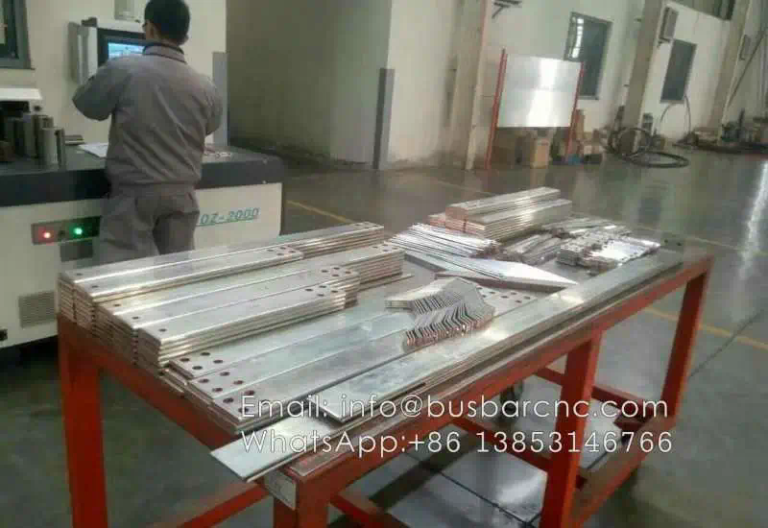With rapid advancements in technology, CNC (Computer Numerical Control) machining has become an indispensable tool in the manufacturing industry. From simple tasks to complex operations, CNC machines have revolutionized the way products are designed and produced. In this article, we will explore the recent developments and trends in CNC machining technology.
1. Automation and Robotics
One of the most significant developments in CNC machining technology is the integration of automation and robotics. Traditional CNC machines required manual input and supervision, which limited their efficiency and capacity. However, with the advent of automation and robotics, machines can now operate autonomously, significantly increasing productivity and accuracy.
Automated systems in CNC machining involve the use of robots for various tasks such as loading and unloading workpieces, tool changes, and quality inspections. These robots are equipped with advanced sensors and vision systems that enable them to perform intricate movements and make real-time adjustments. This level of automation not only improves efficiency but also reduces the risk of human errors and enhances workplace safety.
2. Advanced Materials and Precision
CNC machining technology has also evolved to accommodate the growing demand for complex geometries and a wide range of materials. Manufacturers are constantly pushing the boundaries by working with advanced materials such as titanium, composites, and high-performance alloys.
Advanced materials present unique challenges in terms of machinability and precision. However, advancements in tooling, cutting techniques, and machine design have made it possible to achieve the required tolerances and surface finishes. High-speed machining, multi-axis capabilities, and sophisticated CAM software have all contributed to enhancing the precision and quality of CNC-machined parts.
3. Internet of Things (IoT) Integration
The integration of CNC machines with the Internet of Things (IoT) has brought about a new era of connectivity and data-driven manufacturing. IoT technology allows CNC machines to be connected to a network, enabling real-time monitoring, remote control, and predictive maintenance.
By collecting and analyzing data from sensors and machine parameters, manufacturers can gain valuable insights into machine performance, productivity, and predictive maintenance requirements. This data-driven approach helps optimize production schedules, reduce downtime, and increase overall equipment effectiveness (OEE).
In addition, IoT integration enables seamless communication between different systems and processes involved in the manufacturing workflow. This level of connectivity allows for better coordination, improved efficiency, and faster response times, ultimately resulting in cost savings and increased competitiveness.
In conclusion, CNC machining technology continues to evolve and adapt to the ever-changing needs of the manufacturing industry. Automation and robotics, advanced materials, and IoT integration are among the key developments and trends shaping the future of CNC machining. As technology continues to advance, we can expect further innovations that will enhance productivity, precision, and efficiency in CNC machining processes.
